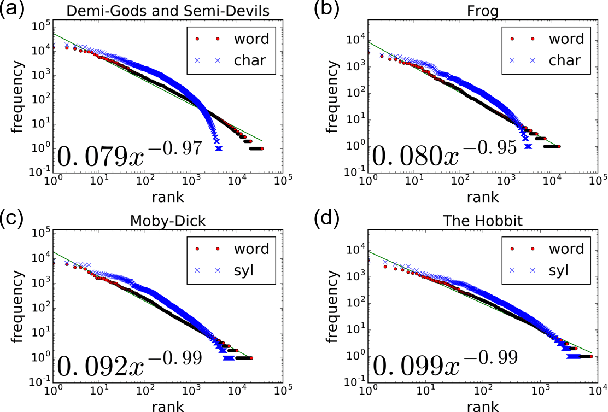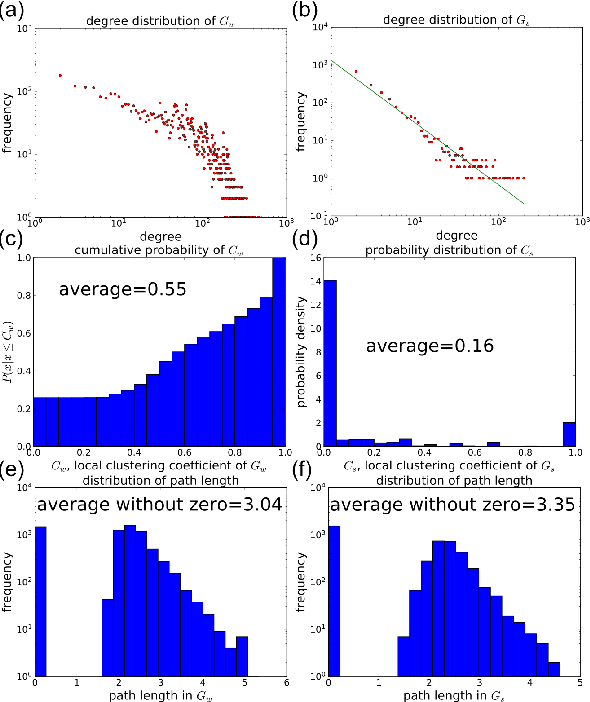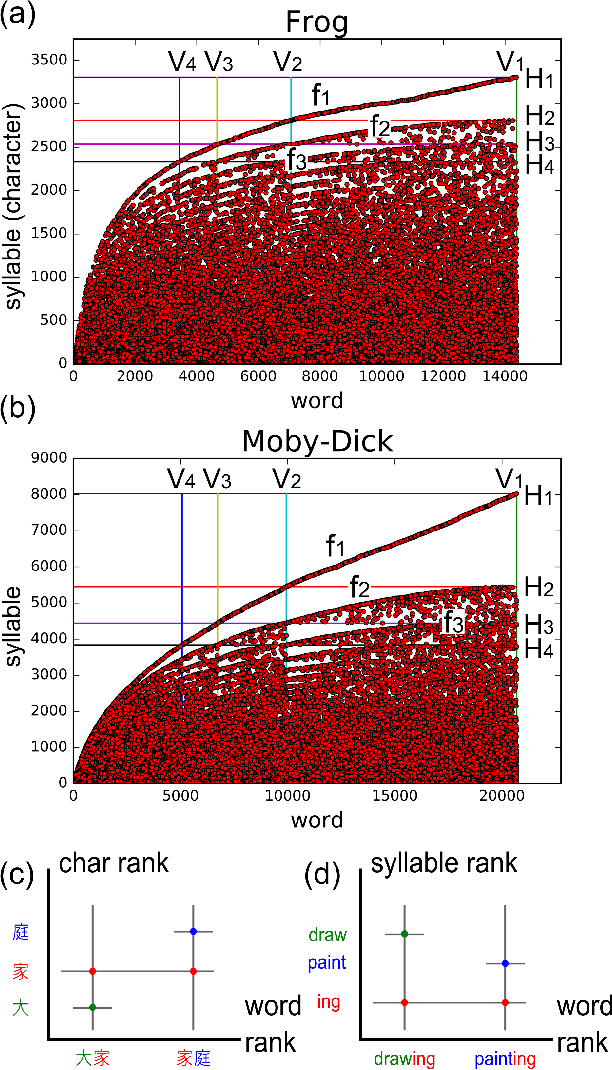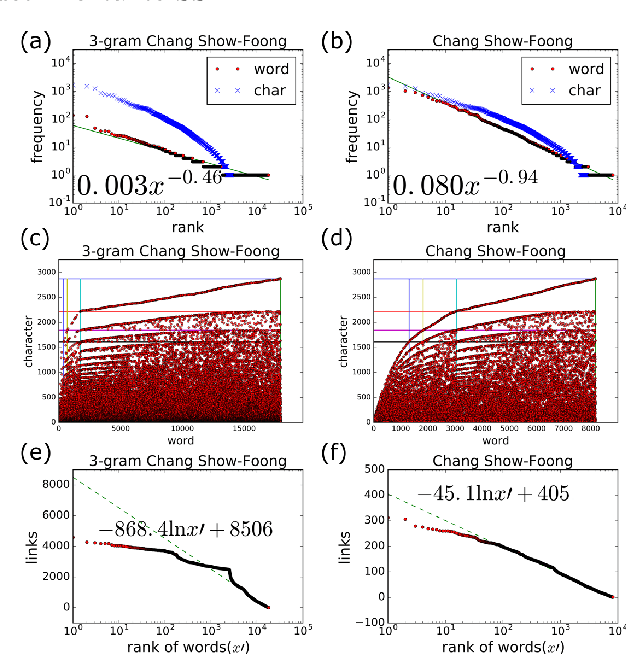Self-organizing Pattern in Multilayer Network for Words and Syllables
Paper and Code
May 05, 2020



One of the ultimate goals for linguists is to find universal properties in human languages. Although words are generally considered as representing arbitrary mapping between linguistic forms and meanings, we propose a new universal law that highlights the equally important role of syllables, which is complementary to Zipf's. By plotting rank-rank frequency distribution of word and syllable for English and Chinese corpora, visible lines appear and can be fit to a master curve. We discover the multi-layer network for words and syllables based on this analysis exhibits the feature of self-organization which relies heavily on the inclusion of syllables and their connections. Analytic form for the scaling structure is derived and used to quantify how Internet slang becomes fashionable, which demonstrates its usefulness as a new tool to evolutionary linguistics.
 Add to Chrome
Add to Chrome Add to Firefox
Add to Firefox Add to Edge
Add to Edge